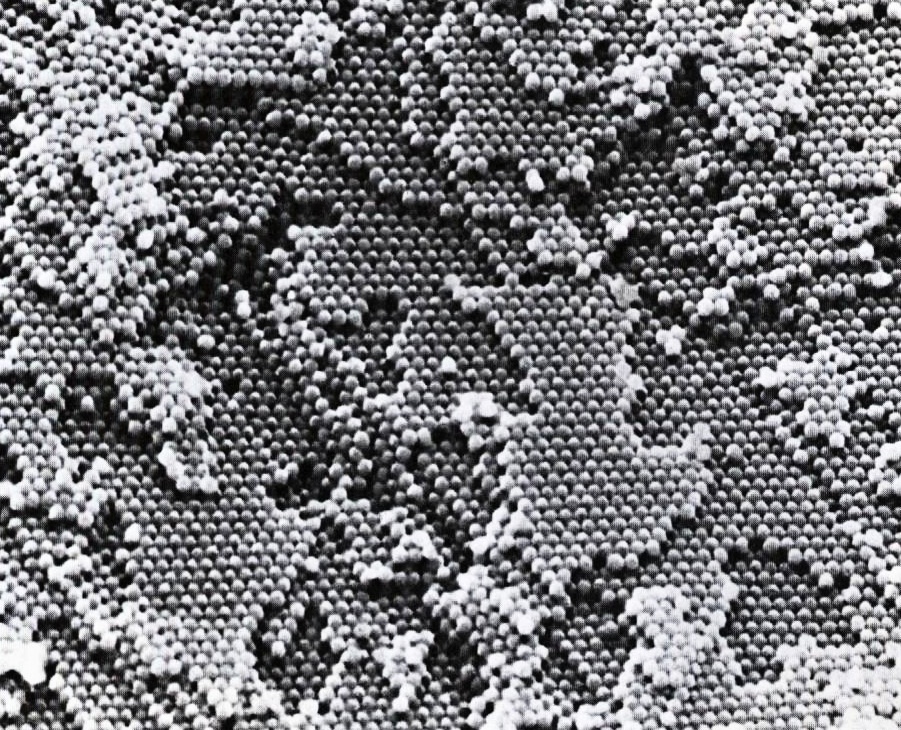Komentáře (0)

*Translated by google translator
Color change
Color Change or Opalization
The soul of the precious opal. The word color change is a more popular name for the word opalescence or also a play of colors. The play of colors sounds a bit strange, but at the same time it is an exact description of opalescence. In order to see all the spectral colors, different motifs and color patterns, we need to understand the behavior of light and the perfect composition of precious opal. It's really a game that you start playing when you move with the opal.
Opal
Opal is a mineral, a hydrogel with a fluctuating water content, whose chemical formula is SiO2 · nH2O. Silica and water. Water here is most often represented between one and three percent by weight, but in some cases it can reach up to 20 percent. There are many varieties of opal, precious opal, fiery opal, woody opal or moss opal in the world. Opal is formed from cooled post-volcanic solutions by precipitation of a siliceous substance.
Mossy and woody opal


Precious opal
The rarest, most sought after and also the most valuable natural opal, which was formed either by weathering (Australia) or volcanic activity (eg Slovakia, Ethiopia) and has the ability to opalescent. This means that the incident light in the opal decomposes into a spectrum of monochromatic light that the human eye perceives as spectral colors (red, orange, yellow, blue and purple). Interestingly, the origin of precious opal has not yet been fully explained, there is still speculation about how precious opal originated.
Precious Opal
_9 kopie.png)
Opal and Precious Opal
The difference between ordinary opal and precious opal could be simply described, if the opal contains even the smallest color change, it is already an expensive opal. Thus, expensive opal can be any opal with opalescence (color change).
The structure of precious opal
Precious opal consists of spheres (balls), which are arranged in ideally arranged three-dimensional structures. When light passes directly through these spheres and comes into contact with silica, the light bends and emits different colors.
Image: Structure of precious opal. Composition of spheres.

Barvoměna
Color change is an optical phenomenon where opal shows some or all of the spectral colors. The physical nature of this phenomenon is light diffraction (cohorent) light scattering on a repetitive structure, which within the mineralogical group of opal is specific only to precious opal, and which is similar to the diffraction grating. The incident light radiation decomposes into the spectrum of monochromatic light radiation, which the human eye perceives as spectral colors (red, orange, yellow, blue and purple).
The size of the balls inside the opal stone structure affects which colors are visible to us. The light passing through the opal stone is first deflected or bent, then scattered or broken, and finally colors radiate from the light rays in the stone. The reason why opal appears to be multicolored is that when it moves with or opal with lighting, the light hits different balls at different angles inside the stone, radiating a number of unique colors.
The color change of precious opal is caused by the decomposition of light in spheres, which are gathered in small blocks into the tightest cubic or hexagonal arrangement. The color that is created depends on the size of the balls, because different diameters of the balls reflect different parts of the color spectrum. Each multi-colored field is nothing more than a visual presentation of a properly arranged sequence of silica spheres (domains), which meets the boundary conditions for the formation of a color exchange.
In order for opal to show spectral colors visible to the naked eye, the following conditions must be met in addition:
The spheres must have the same diameters within the domains and must be arranged exactly in rows so as to give rise to regularly occurring interstices which are nothing but similar to diffraction grating slits.
The uniform diameter of the spheres of a particular domain must be in the range of approximately 150-350 nm, which is comparable to the wavelengths of the visible part of the light (approximately 400-700 nm). In other words, the wavelengths of visible light are a function of the size of the spheres (lattice parameter).
Light diffraction is only possible at angles that meet Bragg's law






